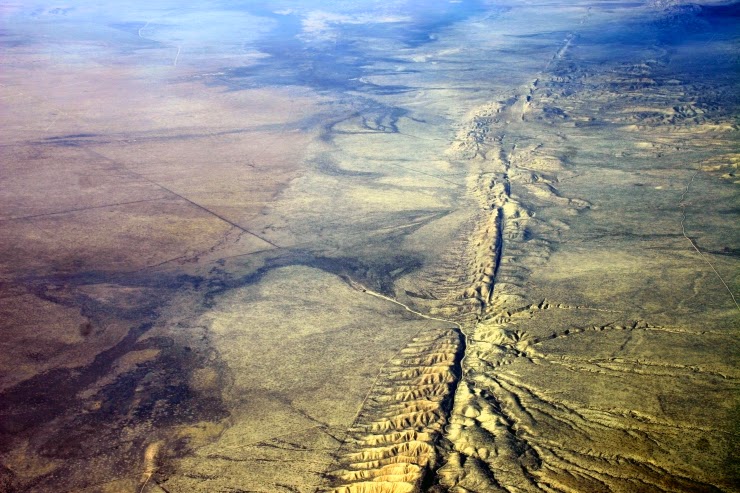
Seismologists Emily Brodsky and Thorne Lay with the University of California have gone out on a limb of sorts by publicly wondering if it might be possible to predict the largest types of earthquakes by studying foreshock patterns and characteristics. Together they’ve published a Perspective piece in the journal Science, questioning the traditional belief in the earth sciences field that it’s impossible to predict earthquakes of any kind and likely will always be that way.
Earthquakes are impossible to predict, at least for now, because they don’t behave the same way before they occur. Sometimes there are foreshocks, sometimes not, sometimes animals seem to sense something is up, other times they don’t. There are just no discernible patterns that could be used as a sign of an impending quake. But, the research duo suggest, that doesn’t mean there couldn’t be, especially for special types of quakes—those that lie along subduction zones.
Brodksy and Lay point out that foreshocks occurred along just such a subduction zone prior to the earthquake that rocked Chile this past April. They note also that a very similar pattern occurred just prior to the massive 9.0 quake that shook Japan three years ago. They acknowledge that similar small quake clusters also occur along fault lines that never result in earthquakes, which of course, is why they haven’t been used to predict earthquakes. It’s for this reason that the two are calling for better monitoring systems. Currently there are few pressure sensors permanently installed along major subduction zones, due to the fact that most are along the ocean floor. They suggest that if pressure sensors were installed and data stored in a database, it might be that clues would reveal themselves. Perhaps, they propose, foreshocks behave in certain ways before a big quake that differ from small quake clusters not related to a bigger event. The only way to find out, they say, is to put in sensors.
Governments big and small have been reluctant to install such sensors because of the huge cost involved—adding them along just one coast could cost billions of dollars—an investment that has no certainty of paying off. Thus, it’s doubtful that one paper by a pair of researchers is likely to cause any major changes to the status quo, though it might cause some in the scientific community to begin to question what is possible and what isn’t as it pertains to predicting earthquakes—and that might be all the two authors are really trying to achieve.
More information: Recognizing Foreshocks from the 1 April 2014 Chile Earthquake, Science 16 May 2014: Vol. 344 no. 6185 pp. 700-702. DOI: 10.1126/science.1255202
Note : The above story is based on materials provided by Phys org










